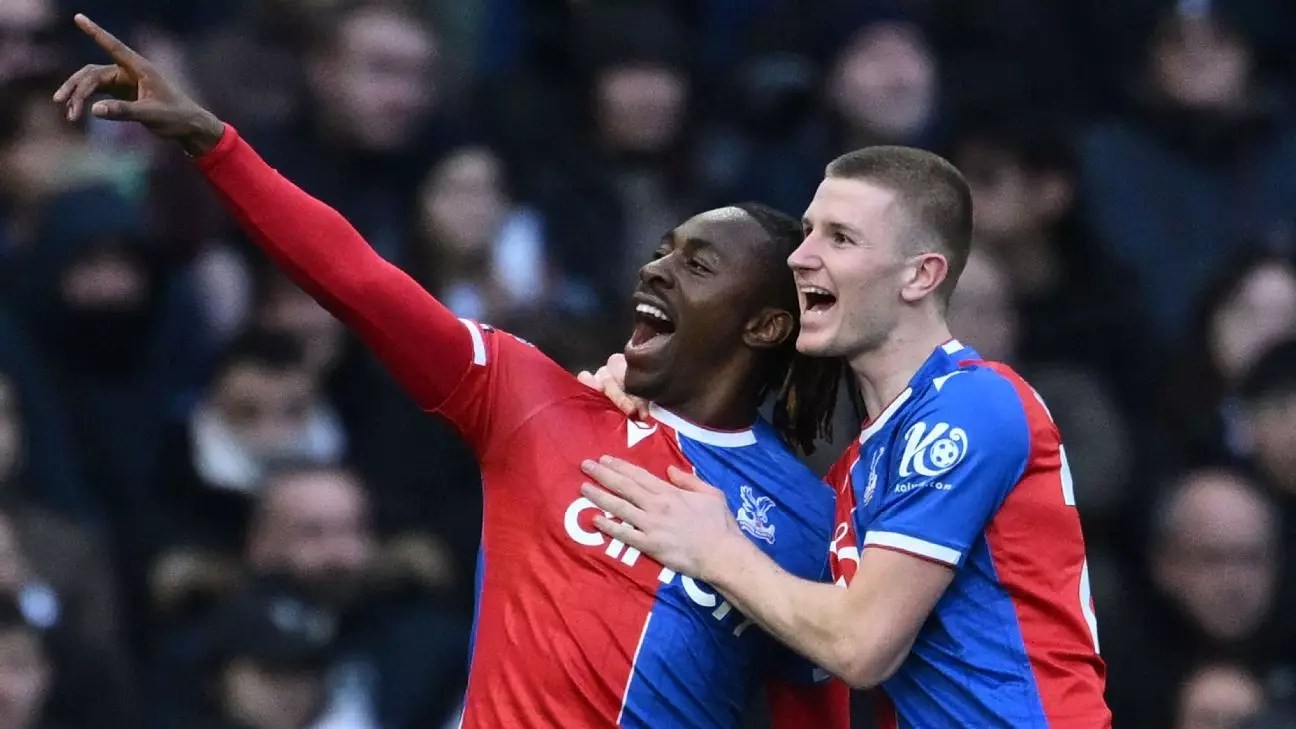In the fast-paced landscape of European football, transfer windows are more than just periods of player movement—they are catalysts reshaping the hierarchy of clubs and national teams. The latest wave of rumors and confirmed deals underscores the strategic recalibration undertaken by top-tier teams eager to bolster their ranks and regain dominance. The Premier League, in particular, continues to serve as the epicenter of global football transfer activities, with clubs like Manchester United and Arsenal displaying aggressive pursuit of emerging talents and seasoned stars alike.
Manchester United’s interest in Javi Guerra, a dynamic Valencia midfielder, exemplifies the club’s desire for a high-energy, versatile engine in the middle of the park. Guerra’s profile—a robust, box-to-box operator capable of pressuring opponents and launching attacks—aligns with United’s evolving tactical philosophy. His ability to cover ground, combined with his physicality and tactical awareness, makes him an ideal candidate for the high-tempo style that United aspires to implement. The club’s active pursuit of other midfield targets, such as Ederson from Atalanta and Bryan Mbeumo from Brentford, signals their intent to assemble a squad capable of competing at the highest level, not just domestically but in multiple competitions around Europe.
Meanwhile, Arsenal’s chase for Eberechi Eze highlights a strategic gamble: acquiring a homegrown star who can inject creativity and unpredictability into their attack. The North London club faces stiff competition from Tottenham, which is willing to leverage a player swap to tip the scales. Such a move could be seen as a statement of intent, reaffirming Arsenal’s ambitions to challenge the established order. These negotiations reflect a broader trend—clubs increasingly favor direct, measurable contributions from signings, valuing players who can immediately impact results rather than project potential over several seasons.
Beyond England, the transfer frenzy extends into Italy and Germany. Napoli’s bid for Liverpool’s Darwin Núñez signals a desire to reinforce their attacking options, aiming to exploit Núñez’s raw power and goal-scoring instinct. The ongoing negotiations, with a substantial bid of €50 million plus bonuses, highlight how closely clubs monitor prolific strikers and are willing to invest heavily to secure signature players. Meanwhile, Bayern Munich’s aggressive transfer spree, targeting players like Christopher Nkunku, Renato Veiga, and even Liverpool winger Luis Díaz, demonstrates a European powerhouse recalibrating its squad to sustain dominance across multiple competitions.
What emerges from these moves is a clear message: powerhouses are not resting on their laurels. They aim to reassert their superiority by capturing the best talents, often through bold and strategic player swaps, substantial fee offers, or enticing contract terms. These transfer pursuits are less about filling squad gaps and more about creating a squad with depth, versatility, and an unmistakable competitive edge.
Emergence of New Talent and Strategic Surrogates
While the established giants pounce on big-name signings, the transfer market also showcases a focus on nurturing and developing raw talent into stars. Madrid-based clubs and Ligue 1 teams are scouting and signing promising youth such as Valencia’s Javi Guerra and Kawasaki’s Kota Takai. Guerra’s ascension through Valencia’s ranks has been marked by resilience, tactical intelligence, and a relentless work ethic—traits that align with modern football’s emphasis on high-pressing, energetic midfielders. His profile fits perfectly into a Premier League mold, where physicality and tactical discipline often outweigh technical finesse.
Kota Takai’s move to Tottenham Hotspur reflects their long-term strategic plan—investing in emerging talent who can, over time, become first-team mainstays or valuable assets in future transfer dealings. This approach balances immediate competitiveness with sustainable growth, a mindset increasingly adopted by clubs looking to avoid the pitfalls of overspending on aging stars or overhyped prospects.
Furthermore, clubs like Newcastle and Aston Villa are making calculated moves, acquiring experienced defenders such as Reinildo Mandava and Ellie Roebuck to shore up their defenses. These signings reveal a pragmatic approach—adding veteran stability and experience to help young stars thrive and maintain consistency across grueling schedules. Such signings are crucial, especially as clubs balance European commitments with domestic aspirations.
The transfer market’s nuanced focus on emerging talents and strategic signings underscores a fundamental shift: clubs are no longer simply reactive—they are proactively shaping their futures. Whether by securing precocious prospects like Guerra or reevaluating their attacking arsenals with the likes of Núñez and Rashford, teams recognize the importance of a balanced squad composed of seasoned professionals and promising newcomers.
The Complex Chess Match of Player Values and Negotiations
At the heart of modern football transfers lies a delicate, often contentious balance of valuation and negotiation tactics. Clubs like Liverpool demand sky-high fees—€75 million for Núñez—knowing that their asking prices will set the tone for negotiations. Conversely, buyers such as Napoli are looking for bargains or willing to pivot to alternative targets, such as Udinese’s Lorenzo Lucca.
This tug-of-war is not purely financial; it is deeply strategic. Clubs leverage internal valuation, player performance metrics, and market trends to justify their offers or demands. For instance, Arsenal’s reported €70 million plus €10 million in add-ons for Viktor Gyökeres demonstrates how much clubs value proven goal-scoring ability and potential resale value. At the same time, clubs like Galatasaray disputing Osimhen’s €75 million release clause underscore the importance of pre-existing contract clauses and how they influence negotiations.
The transfer window acts as a chessboard, with each move—be it a bid, a player swap, or a contract extension—carefully calculated to maximize team strength and financial return. For players, this process is equally tense; their performances, off-field behavior, and marketability directly impact their value and, ultimately, their futures.
When clubs like Bayern Munich or Manchester United engage in these high-stakes negotiations, they also cleverly manipulate the narrative, creating a sense of urgency or exclusivity around particular targets. By doing so, they aim to accelerate negotiations or drive down prices. The case of Luis Díaz illustrates how, despite intense speculation and contact, Liverpool holds firm on their valuation, emphasizing the importance of internal club policies and future planning.
Ultimately, the summer transfer market is an intricate interplay of ambition, valuation, strategy, and timing—a reflection of football’s evolution from a simple sport to a highly commercialized, globally viewed enterprise. The decisions made now will resonate for seasons to come, shaping the competitive landscape in ways both predictable and surprising.


Leave a Reply